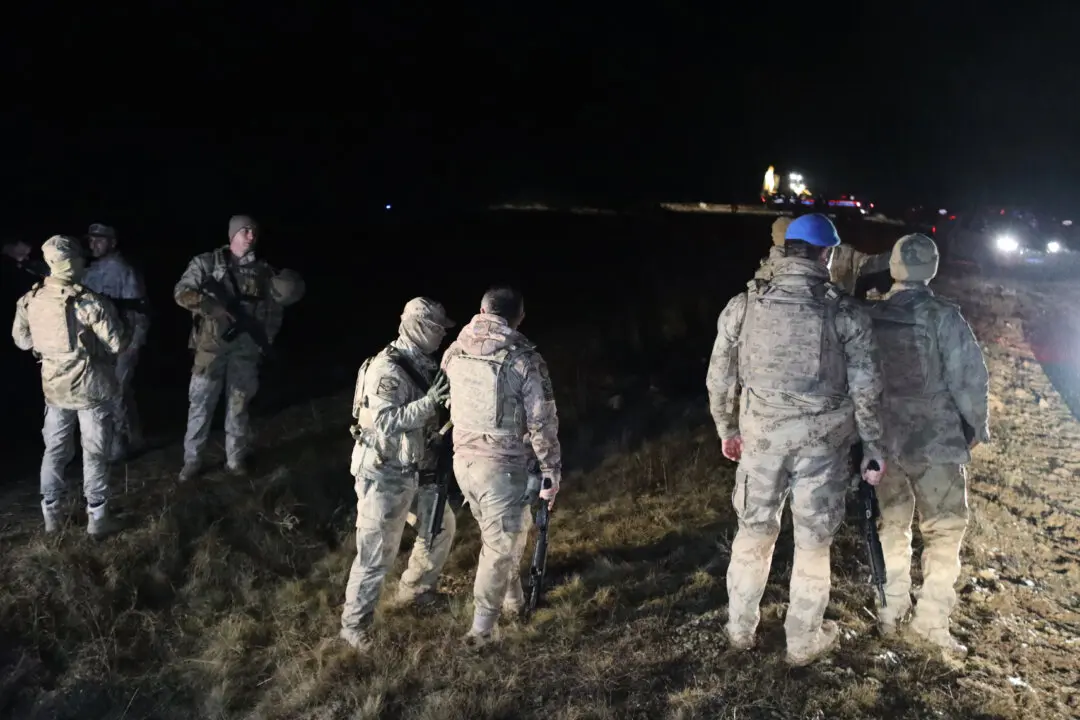BAGHDAD—After months of losing ground in Iraq and Syria, the Islamic State (ISIS) is showing signs of wear and tear, and its opponents say they have seen an increase in desertions among the extremists. But the jihadis appear to be lashing back with more terrorist and chemical attacks.
Under a stepped-up campaign of U.S.-led and Russian airstrikes, as well as ground assaults by multiple forces in each country, the jihadis are estimated to have lost about 40 percent of their territory in Iraq and more than 20 percent in Syria. At their highest point in the summer of 2014, the group had overrun nearly a third of each country, declaring a “caliphate” spanning from northwestern Syria to the outskirts of Baghdad.
At that time, the extremists were riding high, known for their courage, experience, readiness to die and brutality. Now, those battling them on the ground say they appear to be flagging.





